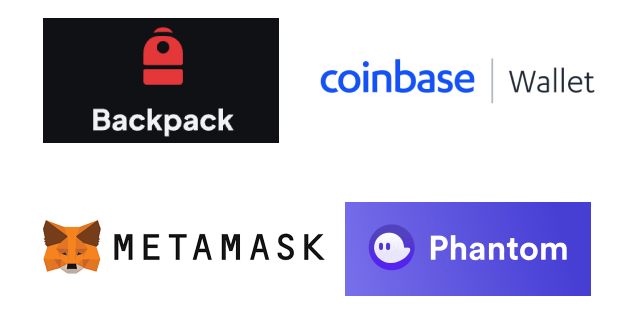A derivation path in a cryptocurrency wallet refers to the sequence that determines how individual addresses (public/private key pairs) are generated from a master seed in hierarchical deterministic (HD) wallets.
This concept is integral to understanding how crypto wallets manage multiple accounts and currencies securely and efficiently.

Crypto Wallets
Background: Hierarchical Deterministic (HD) Wallets
HD wallets are based on a standard (most commonly BIP32/BIP44) that enables them to produce a seemingly infinite number of cryptographic key pairs (addresses) from a single master seed. This master seed is usually generated from a mnemonic phrase, also known as a seed phrase or recovery phrase, consisting of 12 to 24 words.
The Structure of a Derivation Path
A derivation path looks something like this: m/44'/0'/0'/0/0
- m: Refers to the master seed.
- 44': A constant that signifies the use of the BIP44 standard.
- 0': Represents the cryptocurrency type (0' for Bitcoin, 60' for Ethereum, etc.).
- 0': The account number. Users can have multiple accounts, like checking and savings in traditional banking.
- 0: Chain type, which can indicate external (used for receiving funds) or internal (change addresses used for transactions) addresses.
- 0: Represents the specific address index, the actual address used for transactions.
Importance of Derivation Paths
- Multiple Currencies: They allow a single HD wallet to manage multiple types of cryptocurrencies without cross-leakage of keys.
- Organized Key Management: Derivation paths help in maintaining an organized structure that segregates keys for different purposes (like different accounts or for different transaction purposes).
- Security and Privacy: By using different addresses for each transaction (which derivation paths facilitate), users enhance their security and privacy. Even if one key pair is compromised, other pairs are not, due to the hierarchical structure.
In essence, derivation paths in cryptocurrency wallets are a crucial component of how wallets manage and organize their keys, ensuring both security and ease of access across different currencies and accounts. Understanding and using them correctly is fundamental for effective cryptocurrency management.